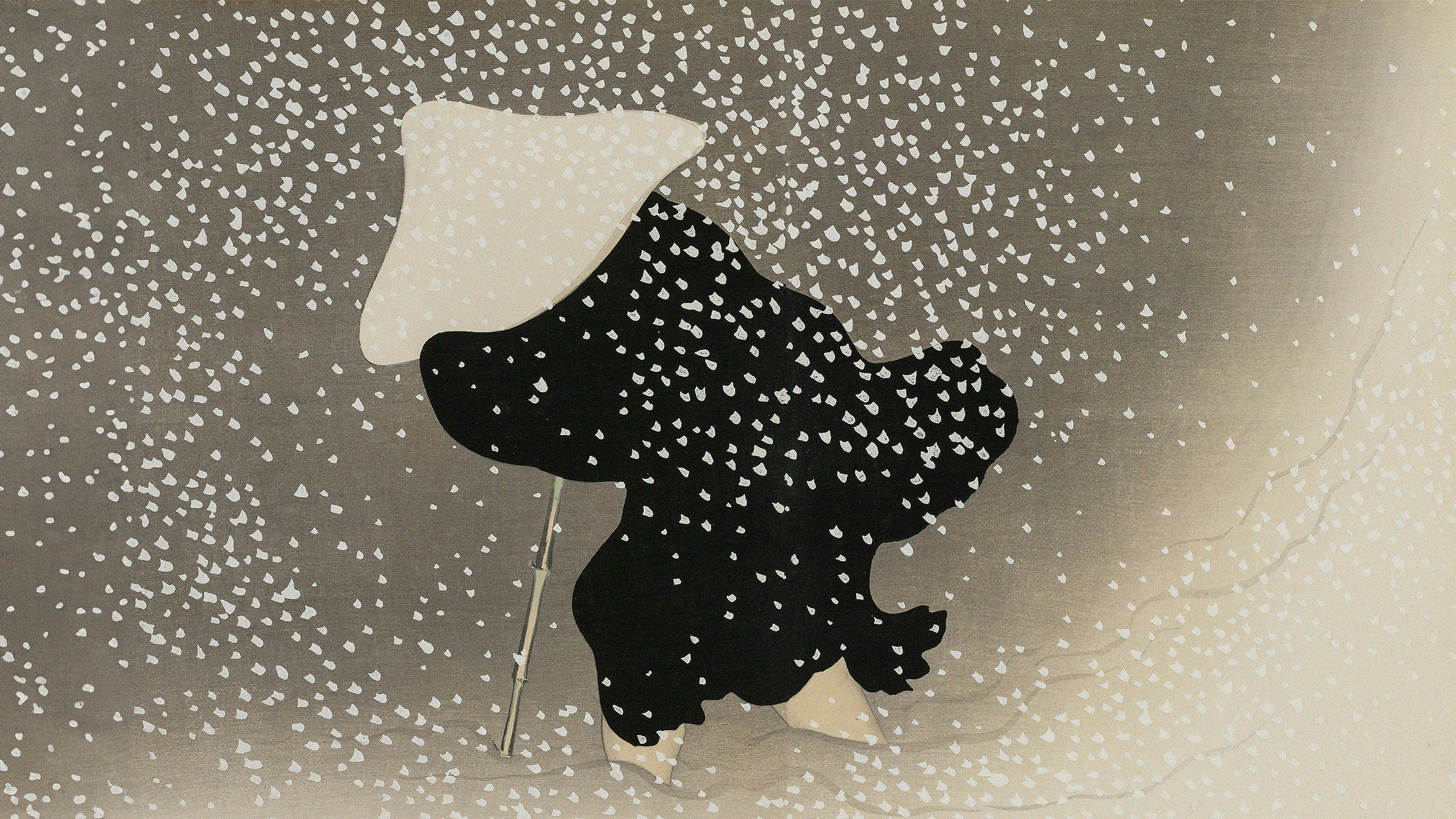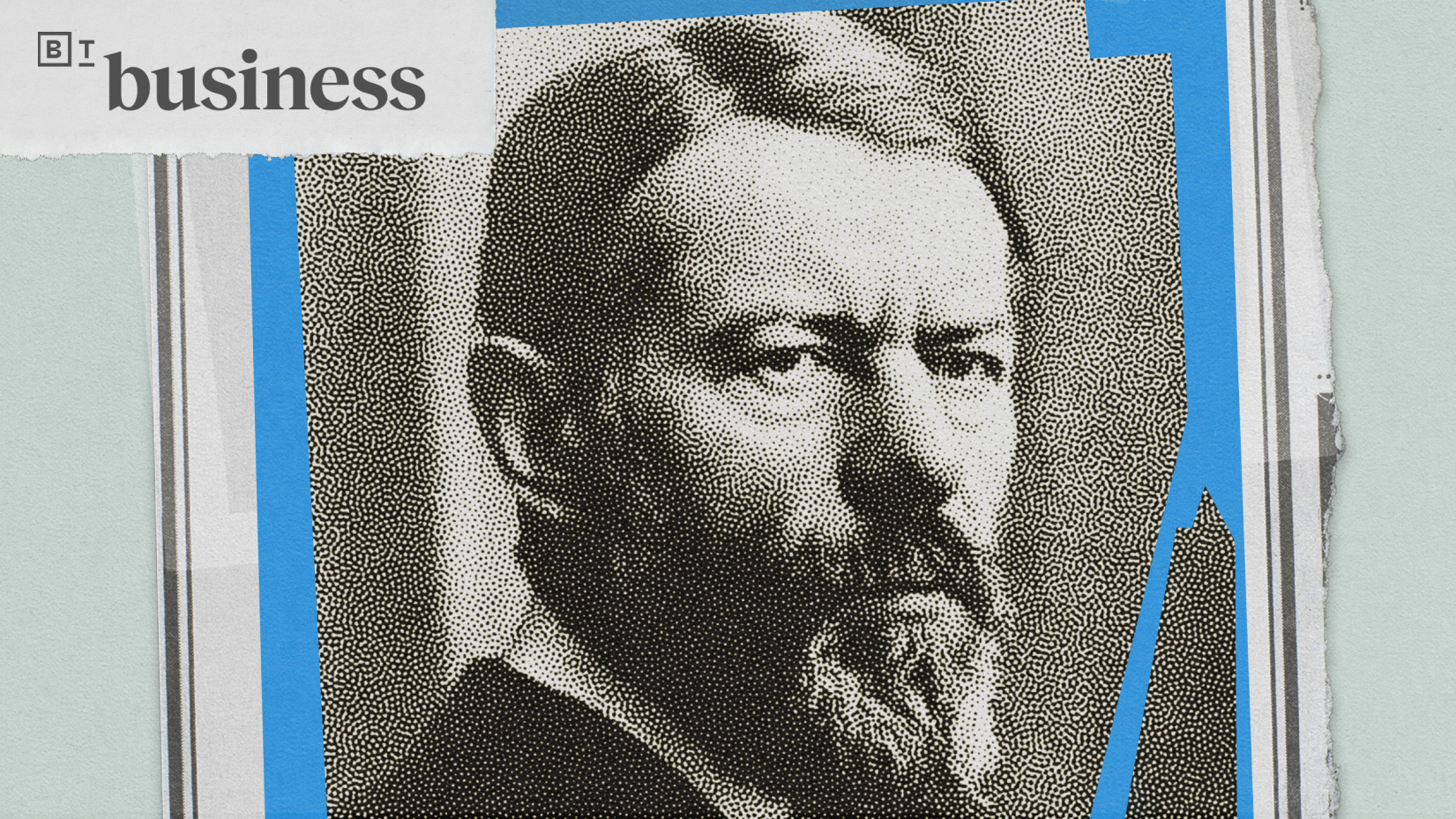One of the single-most transformative events in human history was the agricultural revolution. Why did we stop hunting and gathering, and start planting and harvesting? It’s a mystery, but scholars have speculated that perhaps it was because of a changing climate, or a drop in animal numbers in certain regions. A third option, which author and religious scholar Reza Aslan supports, is the hypothesis that institutionalized religion spurred early human agriculture in southeastern Turkey about 12,000 to 14,000 years ago—and he believes it has been a disaster for our species. “Human beings actually ended up consuming fewer calories—and certainly fewer proteins—during the agricultural revolution than they did when we were hunter-gatherers,” he says. “… We’ve discovered that the process of farming actually created a whole range of new and, at that time, absolutely novel diseases and problems with human beings.” In this view, organized religion is also responsible for the inequality that dominates the world today. Surplus food stocks and the advent of ownership in newly settled communities led to wealth accumulation and, ultimately, the stratification of society. The agricultural revolution may have been a net negative for humanity, says Aslan. What’s more difficult to say, however, is where we’d be right now without it. Reza Aslan’s latest book is God: A Human History.
Reza Aslan: I am by no means the first person to point out that the agricultural revolution was a disaster for human beings. Lots of scholars before me have made the similar point. And this is very important because the agricultural revolution takes place at the same time as the Neolithic revolution, right?
It’s seen as this massive jump in human evolution where we stopped hunting and gathering and we began planting and harvesting instead.
And the common sense theory is that this was a good thing for humanity. That it increased our food supply. That it allowed us to actually settle and create villages. It essentially was the first step to creating what we know as civilization.
Unfortunately the data does not back that up. On the contrary we now know due to studies of skeletons around the time of the Neolithic revolution that human beings actually ended up consuming fewer calories—and certainly fewer proteins—during the agricultural revolution than they did when we were hunter-gatherers.
We’ve discovered that the process of farming actually created a whole range of new and at that time absolutely novel diseases and problems with human beings. I mean, as one scholar put it the Homo sapien body is not designed for planting. It’s designed for hunting. And it was. There were enormous costs to that transition.
So there have been a lot of speculation about why the transition. Some have argued that it’s because of climatic reasons, that there was a massive shift of climate that essentially compelled people to begin planting. There’s really no evidence to prove that point.
Some have said that it’s because there was a sudden drop in the number of species that were available to be hunted. There’s again no real evidence of that at all.
This is one of those moments again where we just don’t know why. But I present what I think is a fairly novel theory, one that others have discussed before—which is that the reason we stopped hunting and gathering and starting farming instead was because of religion (and in this particular case institutionalized religion).
The argument goes back to a site in southeastern Turkey called Gobekli Tepe. This is as far as we know the oldest temple to have ever been unearthed. t’s about 12,000 to 14,000 years old. It’s a massive temple in the middle of a desert region, a place where no one lived. So we know that this was a place of religious significance, a place that was not habitable, that people came from all over the land to actually take part in some kind of devotional activity at this temple. And we also know that the building of this temple coincided with the first signs of agriculture in that region.
The theory is complex but in the simplest way it’s that: in order to essentially feed the workers who built this massive temple over the course of many, many decades—and then in order to feed what would have been perhaps thousands of people who would come to this temple in order to actually take part in the devotions there—it was necessary to come up with food surplus options.
One of those ideas was to take the naturally growing stocks of wheat and barley that were growing around the region and to start actually planting them with purpose.
Another idea was (instead of hunting animals, killing them and then feasting upon them) to actually capture the animals, bring them back, pen them, and then slaughter them as needed.
The archeological evidence indicates that this was where the first real experiments with what we would now refer to as farming and domestication took place.
And so the theory is that it wasn’t climate change or a depletion of natural resources that resulted in the decision to begin planting and domesticating. That rather, it was the imposition of institutional religion that did that.






